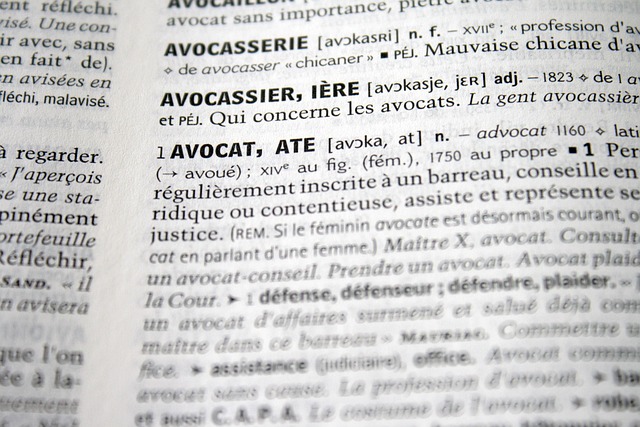Employment law violations require immediate reporting for compliance. Document evidence, notify authorities like EEOC, SEC or state labor depts through formal complaints. Cooperate during investigations, maintain confidentiality using secure internal protocols and dedicated reporting mechanisms. Effective communication channels promote transparency, deter unethical practices, and encourage compliance. Seek professional guidance to ensure fair resolution and dismissal of charges.
Navigating regulatory compliance in employment law can be complex. This guide addresses critical aspects of reporting violations, offering a straightforward path for both employees and employers. We break down the process step-by-step, emphasizing the importance of confidentiality and protection throughout. Understanding common employment law violations is key; this article equips you with knowledge and actionable steps on how to report them effectively, ensuring your rights are respected in every stage.
- Understanding Employment Law Violations
- Reporting Process: Steps to Follow
- Ensuring Confidentiality and Protection
Understanding Employment Law Violations

Employment law violations can range from discrimination based on race, gender, or age to unfair compensation practices and unsafe working conditions. Understanding these violations is the first step in ensuring regulatory compliance. When an employee believes their rights have been violated, it’s crucial to know how to report such incidents promptly. This involves documenting all relevant details, including dates, locations, and witnesses, as well as gathering any available evidence that supports the claim.
Reporting employment law violations triggers a series of processes—from initial investigations to potential mediations or, in high-stakes cases, legal proceedings—that aim to resolve the issue. Navigating these stages requires careful consideration and, often, professional guidance. The ultimate goal is to secure a complete dismissal of all charges, ensuring fairness for both employees and employers alike while upholding the integrity of labor laws at every step of the investigative and enforcement process.
Reporting Process: Steps to Follow
Reporting Employment Law Violations can be a complex process, but it’s crucial for both corporate and individual clients involved in white-collar defense and general criminal defense cases to understand the steps involved. The first step is to identify the violation. This may include discrimination, harassment, or failure to comply with labor laws. Once identified, the next crucial step is to gather evidence. Documentation of any inappropriate behavior, communications, or policies that support the violation are essential.
The reporting process begins by notifying the appropriate authorities. For federal violations, this could involve the Equal Employment Opportunity Commission (EEOC) for employment-related issues or the Securities and Exchange Commission (SEC) for financial infractions. At the state level, relevant labor departments or attorney general’s offices may be responsible. After submitting a formal complaint, it’s important to cooperate fully with investigations, providing any requested documents or interviews. This ensures a thorough and fair process.
Ensuring Confidentiality and Protection

Maintaining confidentiality and protection is paramount when addressing regulatory compliance issues, especially concerning employment law violations. Organizations must establish robust internal protocols to safeguard sensitive information and personal data. This involves implementing stringent access controls, encrypting data storage systems, and regularly training employees on data privacy best practices. By fostering a culture of discretion, companies can effectively avoid indictment for non-compliance, particularly in high-stakes cases involving white collar and economic crimes.
Knowing how to report employment law violations is crucial. Many jurisdictions have dedicated hotlines or online reporting mechanisms for whistleblowers to disclose potential infractions anonymously. Promptly reporting such violations not only facilitates corrective actions but also helps organizations stay within regulatory frameworks, mitigating the risk of legal repercussions in white-collar criminal cases. Effective communication channels ensure that concerns are escalated appropriately, fostering a transparent environment that deters unethical practices and promotes compliance.
Employment law violations can have significant consequences for both employees and employers. Understanding these issues, knowing the reporting process, and prioritizing confidentiality are essential steps in navigating regulatory compliance. By following the outlined steps on how to report employment law violations, organizations can foster a more ethical and legally sound work environment, ensuring fairness and protection for all parties involved.






